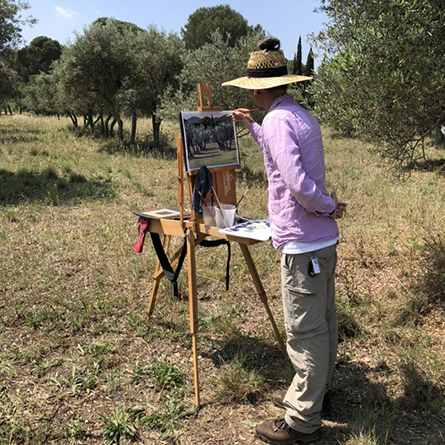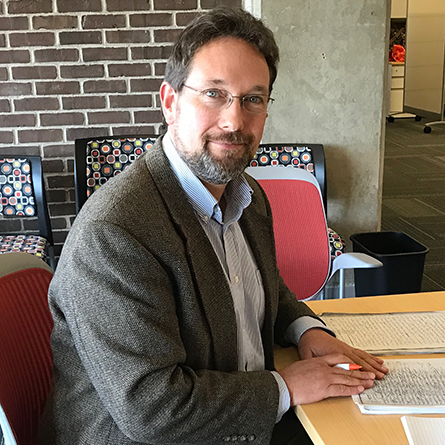
Students create online exhibit to showcase special collection of Japanese fairytales

To teach her first-year students about the history of cross-cultural images and stereotypes of “the other” in Japan and the U.S., professor Ann Marie Davis could have prepared a series of lectures that referenced a few examples in textbooks.
But she wanted them to apply what they were learning to real-world examples – examples available to them through the College’s unique collections.
So students in Davis’s “Butterflies and Barbarians: Representing ‘East’ and ‘West’ in Popular Culture” first-year seminar researched and analyzed a collection of historical Japanese woodblock crepe paper books from the late 1800s and organized their work into an online exhibition.
Produced by printer Takejiro Hasegawa, the “Japanese Fairy Tale Series” collection of 25 fairytales, published in English between 1885 and 1903, is housed in the College’s Linda Lear Center for Special Collections and Archives. Specialists from the Lear Center and the College’s research and technology divisions helped the students research crepe paper collections; woodblock printing; and Japonisme, a specific style of Japanese-inspired art. They also helped students build the exhibition in an online publishing platform for digital collections.
“The project was a great opportunity for the students to gain insights on the expansion of global markets for Japanese goods and cultural productions in the late 19th century,” said Davis.
Tanaya Cardenales ’18 said working on the exhibition was a rewarding way to learn about the interesting relationship dynamics between 19th century East and West.
“My peers and I were encouraged to look critically at the events clouding the historical atmosphere around these books,” she said. “Together we explored these cultures, examining the American myth of the East and the Eastern myth of the U.S. and how each was perpetuated.”
The online exhibition includes nine of the fairy tales, with descriptions and images of each. The student curators also include historical and cultural context for the stories.
“I could connect the content to other examples of American imperialism and exceptionalism,” said Cardenales. “I love applying what we studied to Japanese literature and film as well, something I will continue to do this spring in a course called ‘Beyond the Orient: Critical Approaches to East Asian Literature and Film.’”
January 16, 2015
